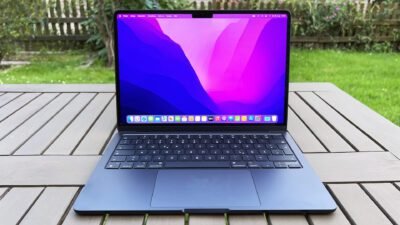Philips S8000 Smartphone is likely to Hit The Market Soon

Philips is little known for smartphones but has been active in the field for years – or rather the partners with brand licenses. Now the release of a new model seems to be announced. The “Philips S8000” appeared at a certification authority.
Philips Trying Luck in Android Market With S8000 Smartphone
The news about Philips smartphones with the Android operating system also goes back more than a decade on WinFuture. A particularly high frequency when introducing new models cannot be attested. At the start of the new year, however, clear indications have emerged that Philips wants to become active again in this area – or rather the company TPV from Shenzhen, China, which officially took over Philips’ global mobile phone business in 2007. As 51touch (source Chinese) reports, the Chinese certification body TENAA has now shown the “Philips S8000” model.
The authority actually deals with checking compliance with radio standards in its tests, but in China, the entry for new devices often also provides information about the additional equipment – and also the first pictures. The “S8000” model has therefore successfully passed its assessment in the recent past and transmits via dual SIM in the LTE and 5G networks.
The other hardware then quickly shows that you can’t expect a push into the high-end device market. The built-in TFT-LCD measures 6.67 inches and has a resolution of 1080 × 2400 pixels, plus a 4800mAh battery in a housing that is 11 mm thick and weighs 223 grams. The most striking feature when looking at the first pictures: three camera lenses and the flash are surrounded by a golden frame with small applications.
An unspecified eight-core CPU is used in the “Philips S8000”, which clocks at up to 2 GHz. The SoC is accompanied by 6 GB, 8 GB, or 12 GB of RAM. There are also three options for storage, 128 GB, 256 GB, or 512 GB. However, no release information can be found on the TENAA website.
Digital marketing enthusiast and industry professional in Digital technologies, Technology News, Mobile phones, software, gadgets with vast experience in the tech industry, I have a keen interest in technology, News breaking.












